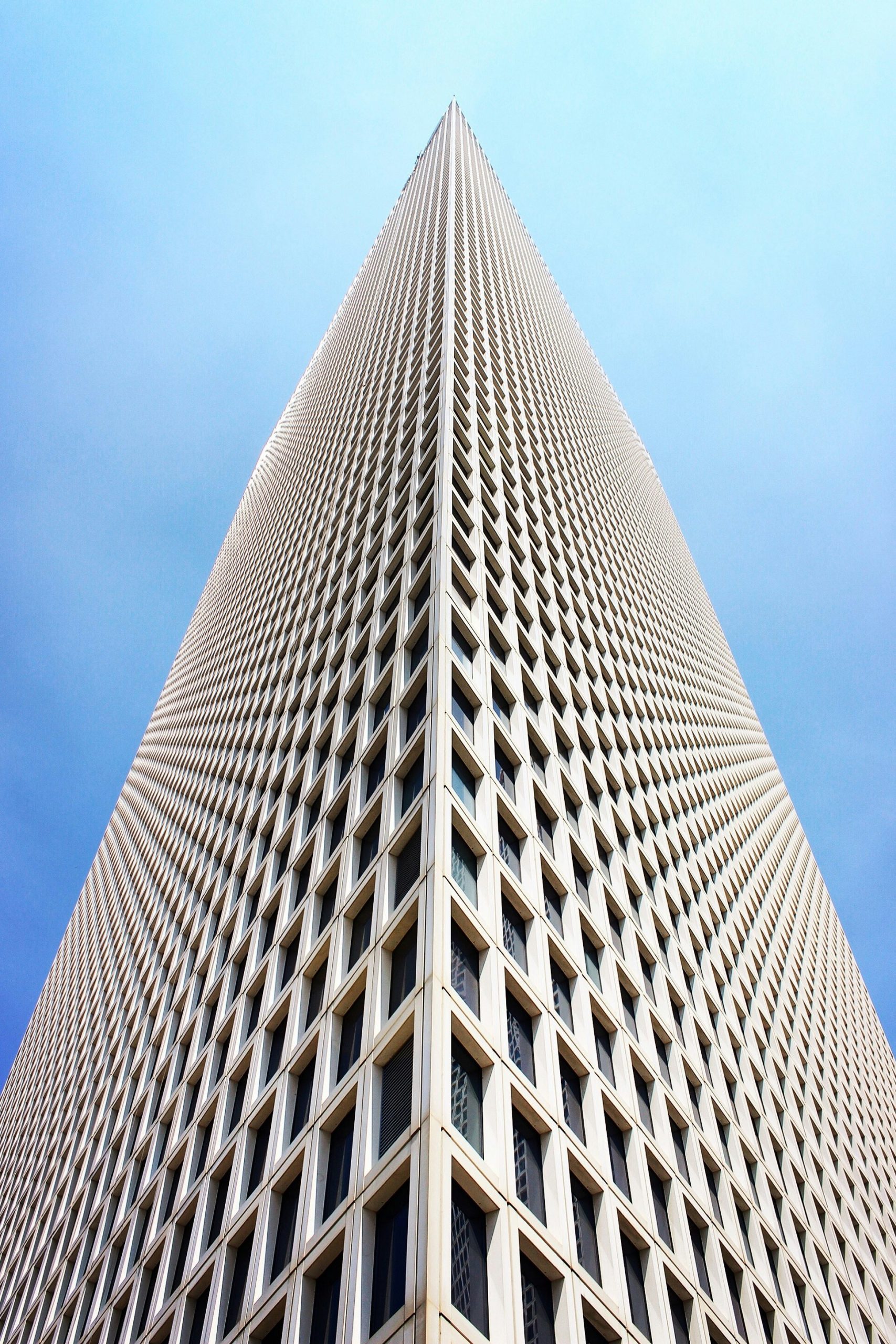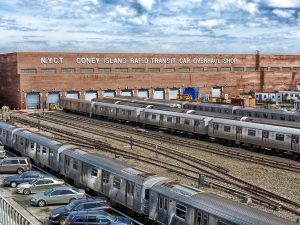In our journey to create homes that are both functional and environmentally friendly, we’ve discovered a wealth of sustainable practices that can be seamlessly integrated into residential architecture. From using eco-friendly building materials to optimizing energy efficiency and conserving water, each step we take not only benefits our planet but also enhances the comfort and longevity of our homes. Let’s explore how thoughtful design and innovative techniques can pave the way for a more sustainable future in residential architecture. How do we incorporate sustainable practices in residential architecture? If you’ve been pondering this question, you’re not alone. With growing awareness of environmental issues and the urge to pursue a greener lifestyle, many of us are keen on integrating sustainable practices into our homes. In this friendly guide, we’ll explore various strategies and considerations for making residential architecture more sustainable. Sharing this knowledge can enable us all to build homes that are not only beautiful but also ecologically responsible.
What is Sustainable Architecture?
Sustainable architecture is the practice of designing and constructing buildings in harmony with nature. It involves making informed decisions at every stage of the project, from planning and design to construction and operation, to minimize environmental impact. Our goals are to reduce resource consumption, diminish waste, and promote the well-being of both the environment and inhabitants.
Principles of Sustainable Architecture
Here are the core principles that guide sustainable architecture:
- Energy Efficiency: Utilizing renewable energy sources and optimizing energy consumption.
- Water Conservation: Implementing systems that reduce water use and promote water recycling.
- Material Sustainability: Selecting eco-friendly materials with minimal environmental impact.
- Indoor Environmental Quality: Ensuring a healthy, comfortable, and productive indoor environment.
- Sustainable Site Design: Integrating the building into its natural surroundings responsibly.
Energy Efficiency
One of the essential elements of sustainable architecture is energy efficiency. By adopting practices that reduce energy consumption, we can lower our carbon footprint and save on utility bills.
Renewable Energy Sources
Using renewable energy sources can significantly decrease a home’s environmental impact. Options include:
| Energy Source | Description | Benefits |
|---|---|---|
| Solar Power | Solar panels convert sunlight into electricity | Reduced dependency on fossil fuels |
| Wind Power | Small wind turbines generate electricity | Sustainable in windy regions |
| Geothermal | Utilizes underground heat for heating/cooling | Energy-efficient and consistent |
Energy-Efficient Appliances
Investing in energy-efficient appliances can make a big difference. Look for Energy Star-rated appliances, which use up to 50% less energy than their non-efficient counterparts.
Insulation and Windows
Proper insulation and high-quality windows are crucial for maintaining consistent indoor temperatures, reducing the need for heating and cooling. Materials like cellulose insulation and double-glazed windows are effective choices.

Water Conservation
Water is a finite resource, and conserving it is vital for sustainable living. Sustainable architecture addresses this through various water-saving strategies.
Low-Flow Fixtures
Installing low-flow toilets, faucets, and showerheads can significantly reduce water usage without compromising performance.
Rainwater Harvesting
Harvesting rainwater is an efficient way to conserve water and reduce dependency on municipal supplies. Collect the rainwater from rooftops and store it in tanks for later use in irrigation, flushing toilets, or even as potable water with proper filtration.
Efficient Irrigation Systems
Drip irrigation and smart irrigation controllers minimize water wastage in landscaping. Utilize native plants that require less water and are more resilient to local climate conditions.
Material Sustainability
Choosing the right materials is fundamental in building a sustainable home. We need to prioritize materials that are renewable, non-toxic, and have minimal environmental impact.
Recycled and Reclaimed Materials
Using recycled and reclaimed materials minimizes resource extraction and reduces waste. Examples include reclaimed wood, recycled metal, and glass.
Sustainable Wood
Opt for wood products certified by the Forest Stewardship Council (FSC), which ensures that the wood is sourced from responsibly managed forests.
Low VOC Materials
Volatile Organic Compounds (VOCs) are harmful chemicals that can off-gas from building materials. Selecting low or zero VOC paints, adhesives, and finishes contributes to better indoor air quality.

Indoor Environmental Quality
A sustainable home should promote the health and well-being of its occupants. This requires careful attention to indoor environmental quality.
Ventilation
Proper ventilation is key to maintaining good indoor air quality. Use energy recovery ventilators (ERVs) or heat recovery ventilators (HRVs) to ensure a constant supply of fresh air.
Natural Lighting
Maximizing natural light reduces the need for artificial lighting and enhances the living environment. Design homes with strategically placed windows, skylights, and light tubes.
Air Quality
Install air purifiers and use non-toxic cleaning products to maintain clean air. Houseplants can also boost air quality by absorbing pollutants and increasing oxygen levels.
Sustainable Site Design
Integrating a building with its natural surroundings responsibly is another aspect of sustainable architecture. Designing homes that work with, rather than against, nature promotes harmony and efficiency.
Passive Solar Design
Passive solar design involves orienting the building to maximize natural sunlight during winter and minimize heat gain in summer. This strategy reduces the need for artificial heating and cooling.
Landscaping
Using native and drought-tolerant plants in landscaping can reduce water usage and maintenance needs. Incorporate green roofs and living walls for additional insulation and biodiversity.
Permeable Surfaces
Implementing permeable surfaces in driveways and walkways allows rainwater to infiltrate the ground, reducing runoff and recharging groundwater supplies.

Building Codes and Certifications
Adhering to green building codes and pursuing certifications can ensure that a home meets sustainable standards.
LEED Certification
Leadership in Energy and Environmental Design (LEED) is a globally recognized green building certification system. Achieving LEED certification demonstrates commitment to sustainability.
Passive House Standard
The Passive House standard focuses on creating highly energy-efficient buildings with superior insulation, airtight construction, and balanced ventilation.
Living Building Challenge
The Living Building Challenge is a rigorous certification program that requires buildings to operate sustainably across several performance areas, including energy, water, and health.
Smart Home Technology
Incorporating smart technology can enhance a home’s sustainability by allowing us to monitor and control various systems efficiently.
Smart Thermostats
Smart thermostats learn occupants’ habits and adjust heating and cooling systems accordingly, optimizing energy use.
Energy Monitoring Systems
Install energy monitoring systems to track and manage power consumption. These systems provide insights into energy usage patterns, helping us identify areas for improvement.
Automated Lighting
Automated lighting systems can reduce energy wastage by turning lights on and off based on occupancy and natural light levels.
Challenges and Solutions in Sustainable Residential Architecture
While the benefits of sustainable architecture are clear, implementing these practices can come with challenges. Let’s discuss some common obstacles and how we can overcome them.
Initial Costs
The upfront costs of sustainable design and materials can be higher than traditional options. However, the long-term savings on energy and water bills, as well as potential tax incentives and grants, can offset these initial expenses.
Lack of Awareness and Expertise
There may be a knowledge gap among builders, architects, and homeowners regarding sustainable practices. We can address this through education and by partnering with experienced professionals who specialize in green building.
Regulatory Hurdles
Local building codes may not always support innovative sustainable practices. Advocate for updated regulations and work with local authorities to navigate any bureaucratic challenges.
The Future of Sustainable Residential Architecture
As technology advances and our understanding of environmental issues deepens, sustainable residential architecture will continue to evolve. Emerging trends include:
- Net-Zero Energy Homes: Homes that produce as much energy as they consume, often through a combination of renewable energy sources and innovative design.
- Biophilic Design: Designing homes that foster a connection with nature, which has been shown to improve mental health and well-being.
- Circular Economy: Emphasizing the reuse, recycling, and upcycling of materials to create a more sustainable building lifecycle.
Conclusion
Incorporating sustainable practices into residential architecture is a comprehensive process that involves thoughtful planning and execution. By focusing on energy efficiency, water conservation, material sustainability, indoor environmental quality, and sustainable site design, we can create homes that are environmentally friendly and enhance our quality of life. Staying informed and committed to sustainability will allow us to contribute positively to our planet’s health and the well-being of future generations.
Let’s continue this journey towards greener, more sustainable living, making wise choices that reflect our love and respect for the environment. Together, we can build a better, more sustainable future.



